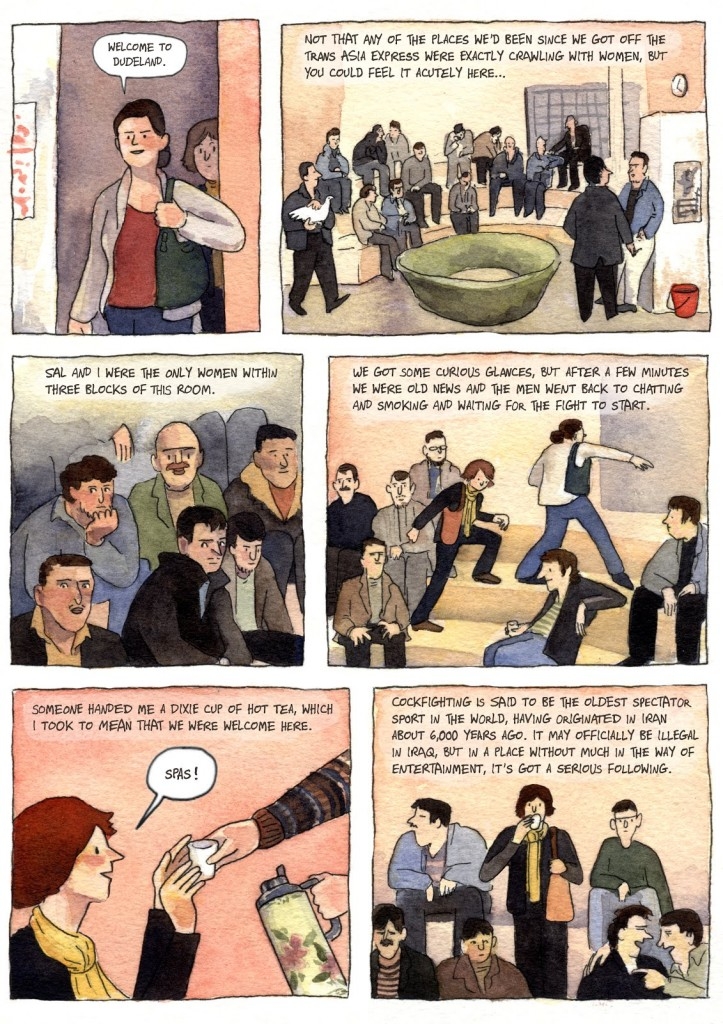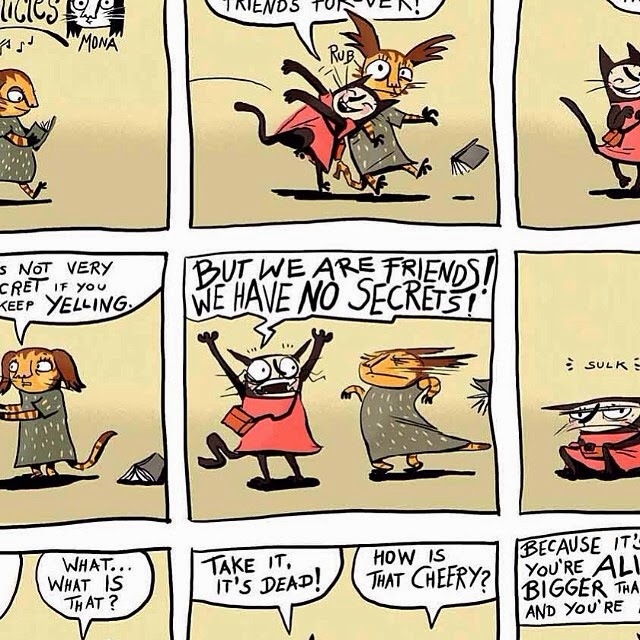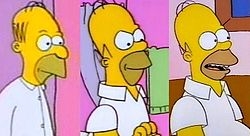I get asked questions occasionally about the process of making comics. I’ve passed this particular question on to a handful of the people I’ve interviewed for them to answer, and I’ll post up more as they come in.
How do you make the faces look the same from panel to panel?
I remember this being a big concern of mine when I started drawing comics, and I get asked this pretty frequently. Probably more of a concern that actually telling a story if I’m honest. I think this is a question that gets asked a lot because it is so apparent when the characters don’t look consistent. Here’s how John Allison, Viv Schwarz, Glyn Dillon and Sarah Glidden tackled this topic;
John Allison (Listen to his interviews here and here)
I’m not sure I ever worked this out in a scientific way. When I was a kid, I drew Transformers comics, and because I was a kid who liked the toys, I knew where all the different bits of their faces went. Optimus Prime had that barn door over his mouth, Jazz and Blaster had visors over their eyes, Shockwave had a hexagon head. Their blocky appearance made getting all those bits in line easier.
I think that’s still what I do. I know what shape a character’s face is, what shape their nose is, what kind of eyes they have, and I put them in the same place each time. And I know that if I don’t properly work out a new character today, and try to draw them several times in the same comic, they don’t look the same each time. It’s not magic, you just get better at copying yourself.
Viv Schwarz (interviewed here and here)
Good question.
I draw my characters without worrying too much beyond a simple set of rules about their individual proportions, concentrating more on their stance and expression. Then I check all the drawings, comparing them carefully and correct them in Photoshop where they are too far off.
I allow myself some room for variation because my characters tend to be a bit amorphous, their whole shape changes with emotion and their features wander a bit – that’s what I’ve observed happens in animals where feathers, fur or loose skin allow for a lot more expressive shape shifting. I am allowing that for my human characters to some extent as well because I think it reads just fine. I’m also making all the characters in any given story look quite different so that they are easy to recognise even if their shape varies a bit.
I couldn’t keep the faces completely consistent anyway because I myself can’t recognise real people by their features and have to memorise their voice, smell, stance, hairstyle and so on instead. I think that actually helps my drawing more than it hinders.
Glyn Dillon (Interview here)









